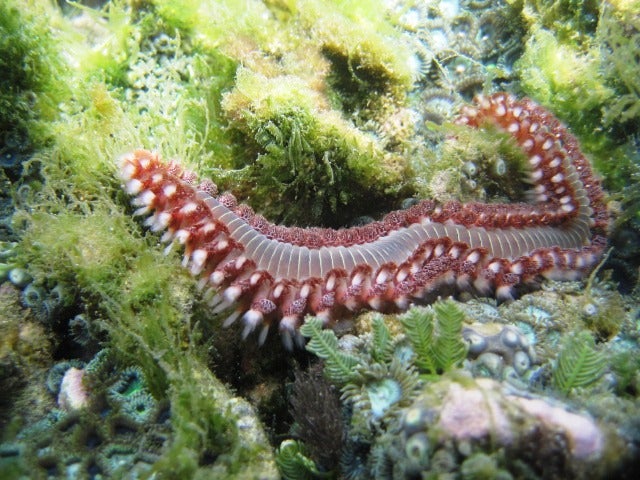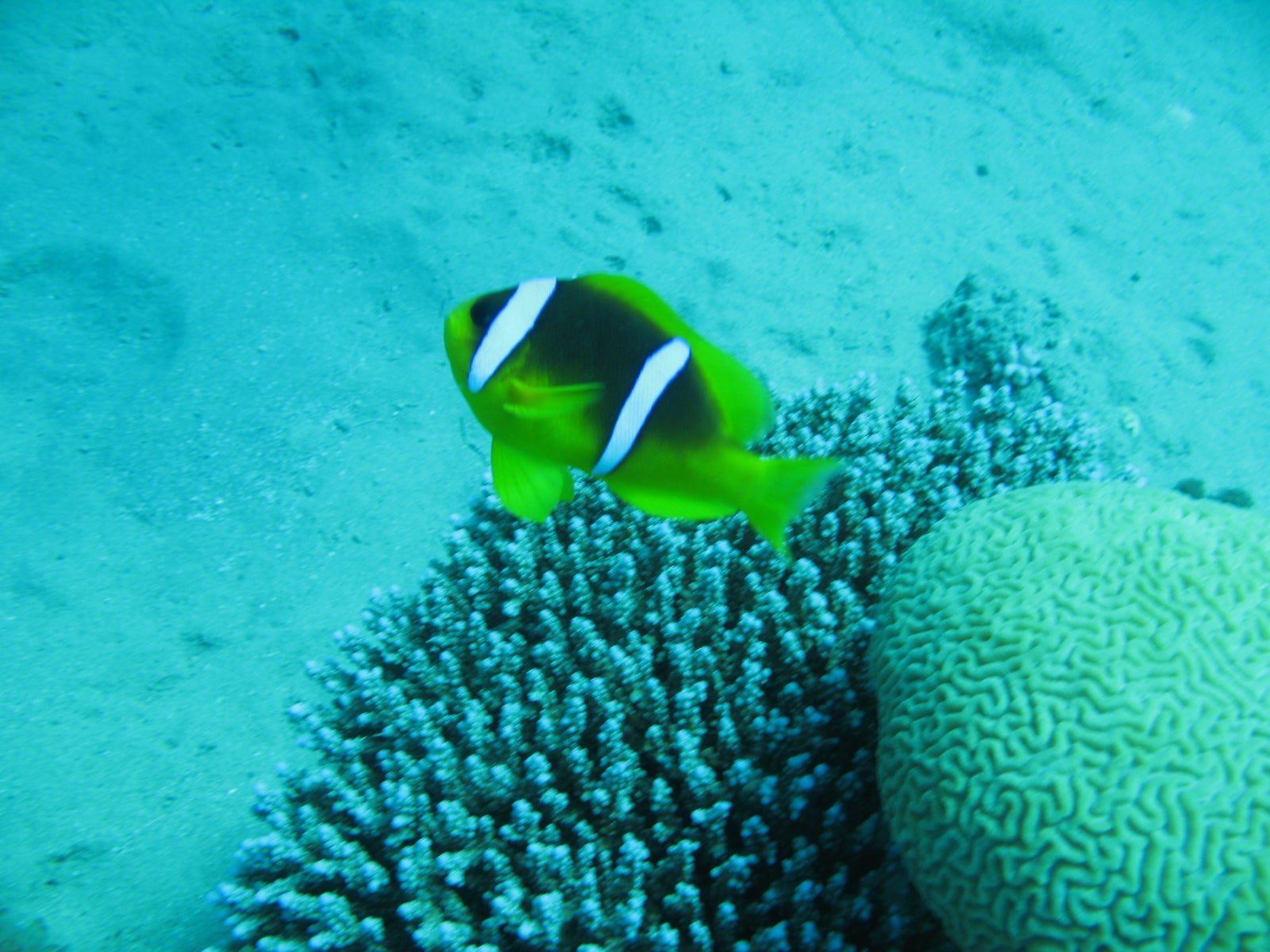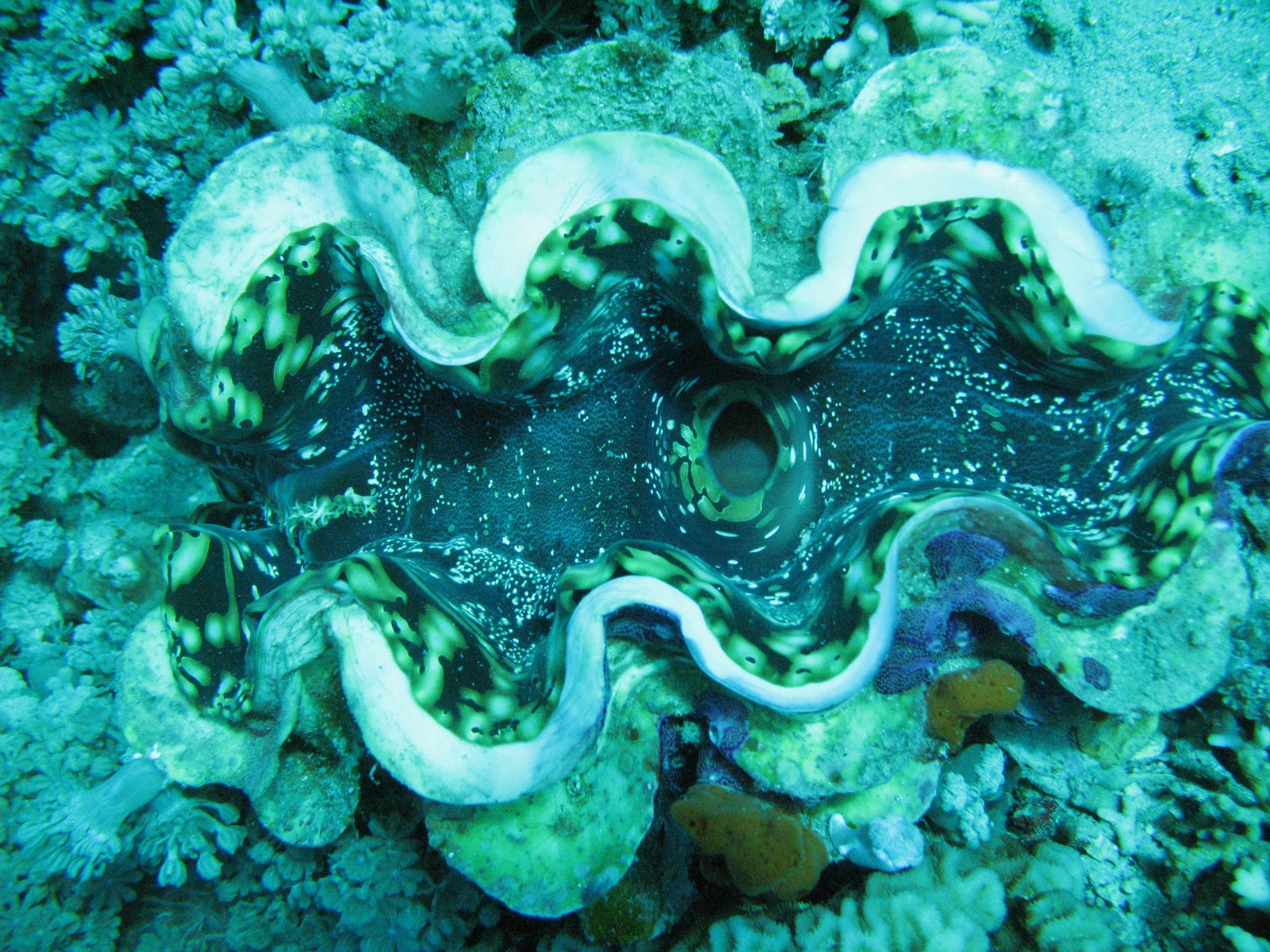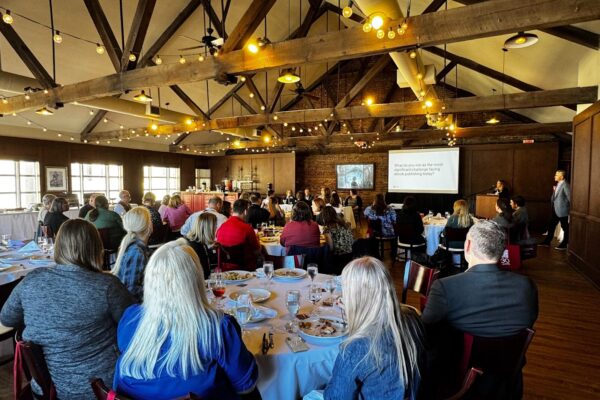Editor’s note: this post has been updated to reflect Artstor’s platform changes.
We invited Stanton Belford, Ph.D., assistant professor of biology at Martin Methodist College, to tell us about his three Marine Biology collections in JSTOR Forum (formerly Shared Shelf): Red Sea, Trinidad, and Key Largo.

Before describing the marine biology digital collections, I would like to mention I first became interested in marine science thanks to my high school teacher, who allowed us to experience informal science education with the reefs as our classroom. Here I saw a kaleidoscope of colors bursting through the ocean’s blue: corals, fishes, invertebrates, all hidden underwater, just waiting for my eager eyes to discover them.
This interest in marine science was revived during my pursuit of a Masters in Biology, where my focus was on the reefs at Toco, Trinidad. I began taking photographs of corals in 2005, and after I completed my degree I realized that I had to focus on other creatures of the reefs, such as invertebrates and fishes. This blossomed into annual coral reef monitoring and a lifelong mission to gather data with the aim of one day making it an environmentally protected area.

The Red Sea collection focuses mainly on research done in Aqaba, Jordan in 2009-2010. The opportunity to conduct research on the Two-band Clownfish (Amphiprion bicinctus) and two of its sea anemone hosts, the Leathery Sea Anemone (Heteractis crispa) and the Bulb-tip Sea Anemone (Entacmaea quadricolor), presented a chance to determine if there was a safer method to measure and monitor these clownfish without disturbing their normal lifestyle of protecting their anemone homes. This research resulted in a published scientific paper titled “Measuring body size in small marine fishes: comparison of three non-intrusive methods,” as well as in digitally collecting many photographs and videos of these clownfish in their natural environment. Unlike their famous Finding Nemo cousin, these fish have attitude—though they will perform their dance to enthusiasts poised with cameras.
The Key Largo, Florida collection brings this entire marine collection to full circle for me in that these trips involved student participation during courses related to marine science. Martin Methodist College now offers a marine biology course that allows students to visit Key Largo annually to conduct research, classify, and identify marine organisms. As one of the accompanying faculty members, I spend a lot of time digitally documenting the organisms I see, while teaching students various facets of the marine environment.
Richard Madden, Martin Methodist College’s library director, decided that these pictures were ideal for making them openly available in Shared Shelf [now Artstor’s public collections]. The pictures were all high resolution, taken with high-quality photographic equipment, and since they were born digital the storage and dissemination was rather easy.

We have been able to share three distinct collections from Key Largo, Florida; Toco, Trinidad & Tobago; and the Red Sea. We’ve used the collections as teaching tools in several classes, including General Biology for non-majors, Ecology, and Invertebrate Zoology. Richard Madden, myself, and a few students at Martin Methodist College added taxonomic naming for all organisms in the collection. We are currently looking at adding underwater videos collected from my travels to these marine environments to add another attractive feature to the collection.
Photographs from the Trinidad collections were used to develop informative posters on marine organisms, which were donated to various high schools, lifeguard information centers, and universities in Trinidad and Tobago as part of my mission to increase environmental awareness in my native country.
The marine science project has led the way in stirring faculty interest at the college. The science faculty have shown the most interest in contributing material (e.g. beekeeping), and I think it is of great value to the courses they offer that Shared Shelf [now JSTOR Forum] provides a place to exhibit their work.
The History and Nursing departments have also begun work on sharing collections, and Richard Madden is constantly looking around campus for ideas for future projects. We are also looking at publishing some of our content to DPLA as a means of increasing exposure.


